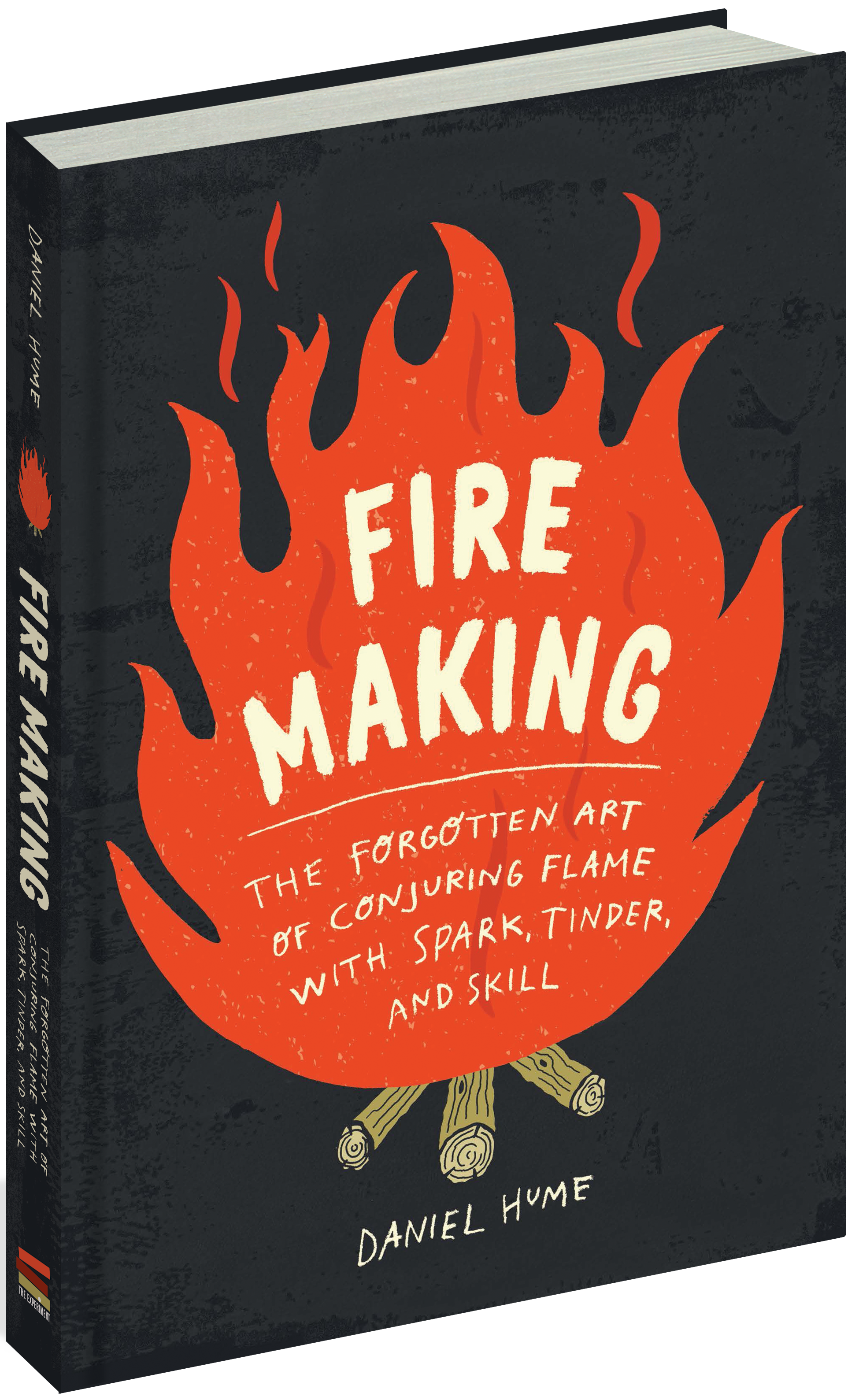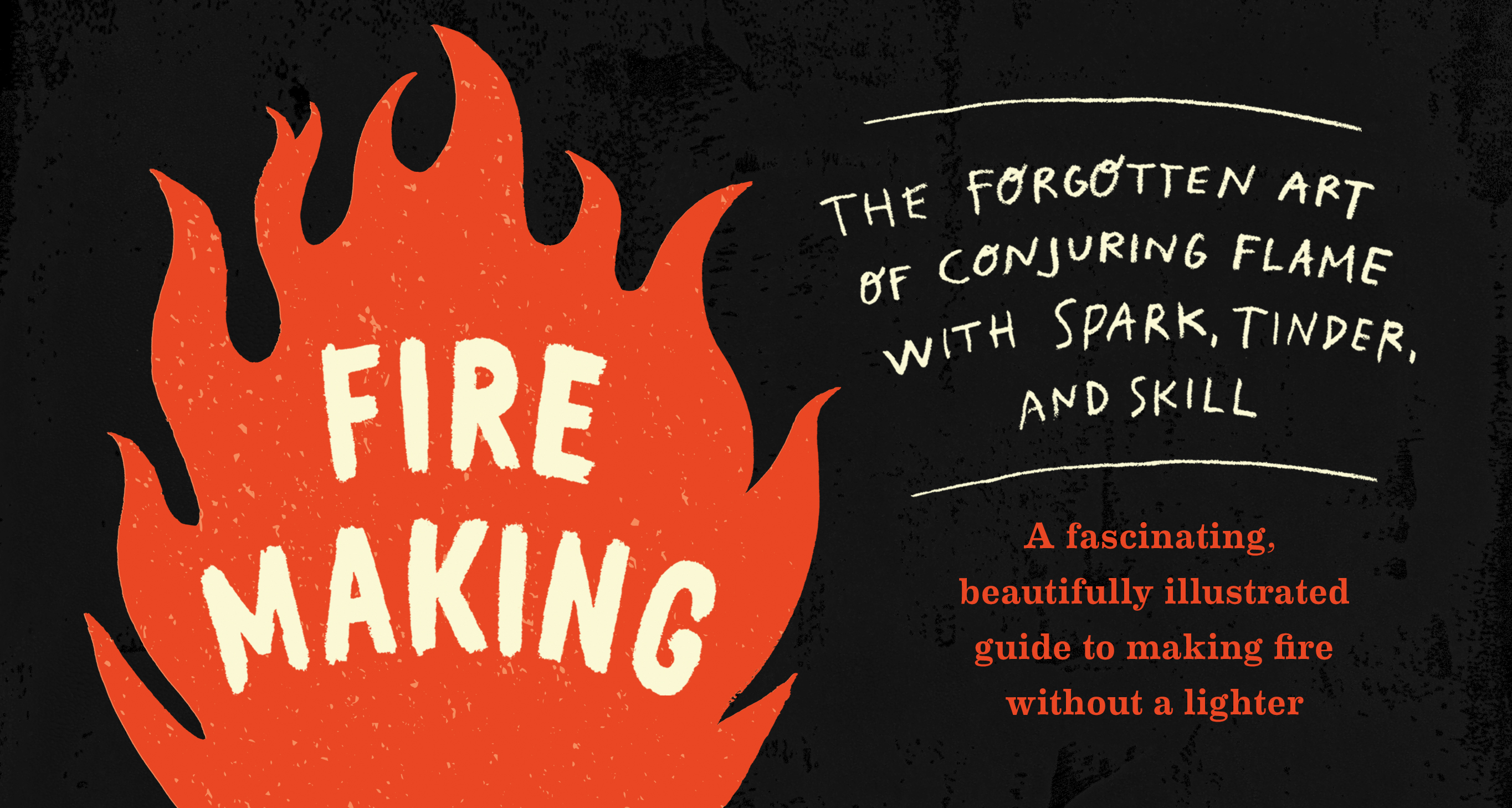 Summer is finally here and nature enthusiasts everywhere are gearing up to go camping!
Summer is finally here and nature enthusiasts everywhere are gearing up to go camping!
One essential skill that they will need is the ability to start a fire. In Fire Making: The Forgotten Art of Conjuring Flame with Spark, Tinder, and Skill , wilderness adventurer Daniel Hume explains how to successfully start a fire using both tools and elements found in nature, to give you an authentic camping experience.
In the following excerpt, Hume outlines the most common mistakes to avoid when lighting a fire.
UNSUITABLE FUEL
It is easy to make mistakes with fuel selection when you are inexperienced or working under stress in difficult conditions. Make absolutely certain that the wood you are collecting is dead and dry, not merely dormant for the winter or recently cut. Remember, when you saw firewood, the sawdust from the middle should float down and not be clumpy. As a rule, dry wood will feel light in weight relative to its size.
BEING TOO SLOW
If you are too slow to add fuel, the fire may burn out before it has spread. There is a balance to strike here. You don’t want to smother the fire and exclude oxygen by piling too much fuel on, but on the other hand there is no need to add twigs one by one. Handle it firmly.
FIDDLING
Many healthy fires are loved to death. They are extinguished by too much unnecessary titivation, especially during the lighting process. Prepare everything as described, put a light to the tinder, and resist the urge to interfere with it. It wants to burn! If you move sticks around too much in the early stages, you will spread the heart of the fire too thinly and it will die. Keep the embers together.
A FLAT FIRE
Flames like to burn upward. If you place firewood on the kindling and make the pile too flat, it will smolder and cause irritating smoke. Strike a match and hold it horizontally. Then hold it at a steep angle, and you will notice it burns faster and brighter. The same goes for a large fire: Lay fuel on at a slight upward angle.
A TEPEE FIRE
The opposite extreme to a flat fire is this common misconception of how to build a fire: a tepee-shaped fire. It is often seen in illustrations, probably because it is easy to draw. In reality, it is neither easy to build nor reliable. Although it is a shape that burns brightly when it works, it is not a style I would recommend. The sticks are leaned up against each other, and are therefore prevented from collapsing into the fire. This often results in the center of the fire burning out while the sticks leaned up on the outside are left merely scorched.
PACKING FUEL TOO TIGHTLY
This can prevent a fire from burning efficiently, or even smother it completely and put it out. When you lay fuel on, make sure the flames have air space to lick up between and around each piece. A good example of this is when you burn old newspapers or magazines in a bonfire. Even if they are thrown into a raging inferno that lasts for several hours, once the fire has gone out you can often rake through the ash and find perfectly legible, unscorched pages.

Excerpted from Fire Making: The Forgotten Art of Conjuring Flame with Spark, Tinder, and Skill © Daniel Hume, 2017. Reprinted by permission of the publisher, The Experiment. Available wherever books are sold. experimentpublishing.com


